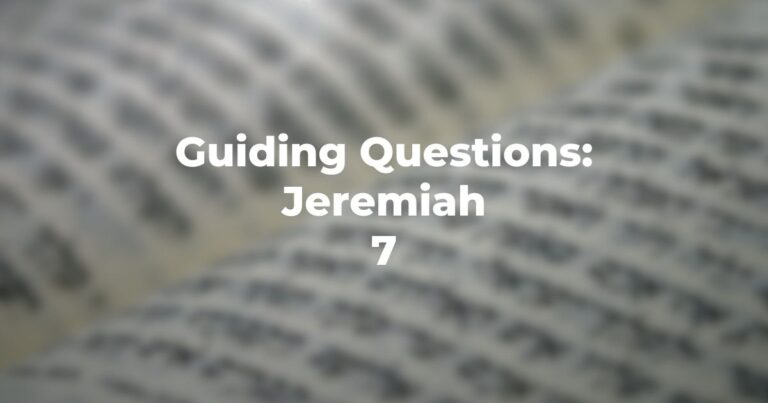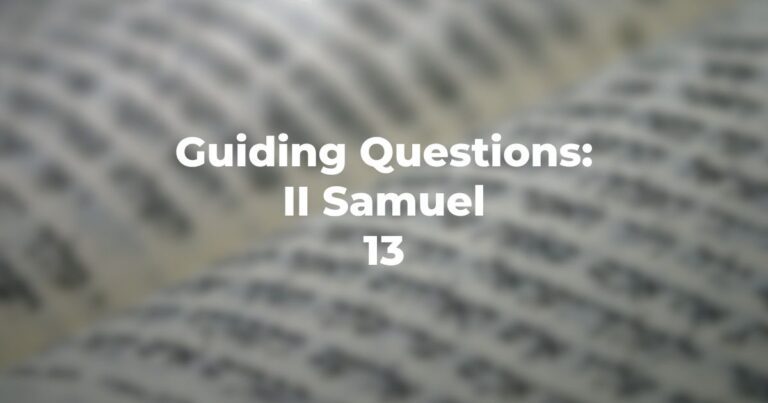- Were Leviticus 1-7 “omitted”, would this chapter be a logical continuation of the end of Shmot — i.e. the official ceremonial vesting of the Kirvah (closeness) Center personnel with their responsibility?
- Who witnesses the installation (Lev 8:4)?
- Who vests the Kohanim with authority?
- Is there any “magic” in the installation — any special formula uttered by the Kohanim, any material things changed, any physical change in those installed?
- Does anointing specifically result in a physical change either of things or people, or does it designate that these things are uniquely set aside (kadosh/mukdash) for a specific function?
- Is this kedushah supernatural or does it bespeak a differentiated special earthbound activity?
- All of the aspects of the installation involve physical activity and there is no oral aspect; does this imply that the purpose of the installation is functional, that is, made unique for specific activity?
- Why is the verb (Lev 8:6) “va’yakrayv” rather than “va’yikah” and how does this relate to the Kirvah Center?
- What is the purpose of the washing?
- Is Mosheh garbed in a special way?
- Is the “mateh” (staff) used in any way?
- What might the Urim and Tumim be?
- Throughout, while the installer is active, are those being installed active or passive?
- What does the Hebrew phrase “va’yekadesh otam” mean?
- In all of this activity, is Mosheh doing what he decides or is he an agent?
- Do the Amud Haanan (the pillar of cloud) the Amud Ha’eysh (the pillar of fire) or the Luhot (the Tablets) play any role?
Author
-

Exploring Judaism is the digital home for Conservative/Masorti Judaism, embracing the beauty and complexity of Judaism, and our personal search for meaning, learning, and connecting. Our goal is to create content based on three core framing: Meaning-Making (Why?), Practical Living (How?), and Explainers (What?).
View all posts





